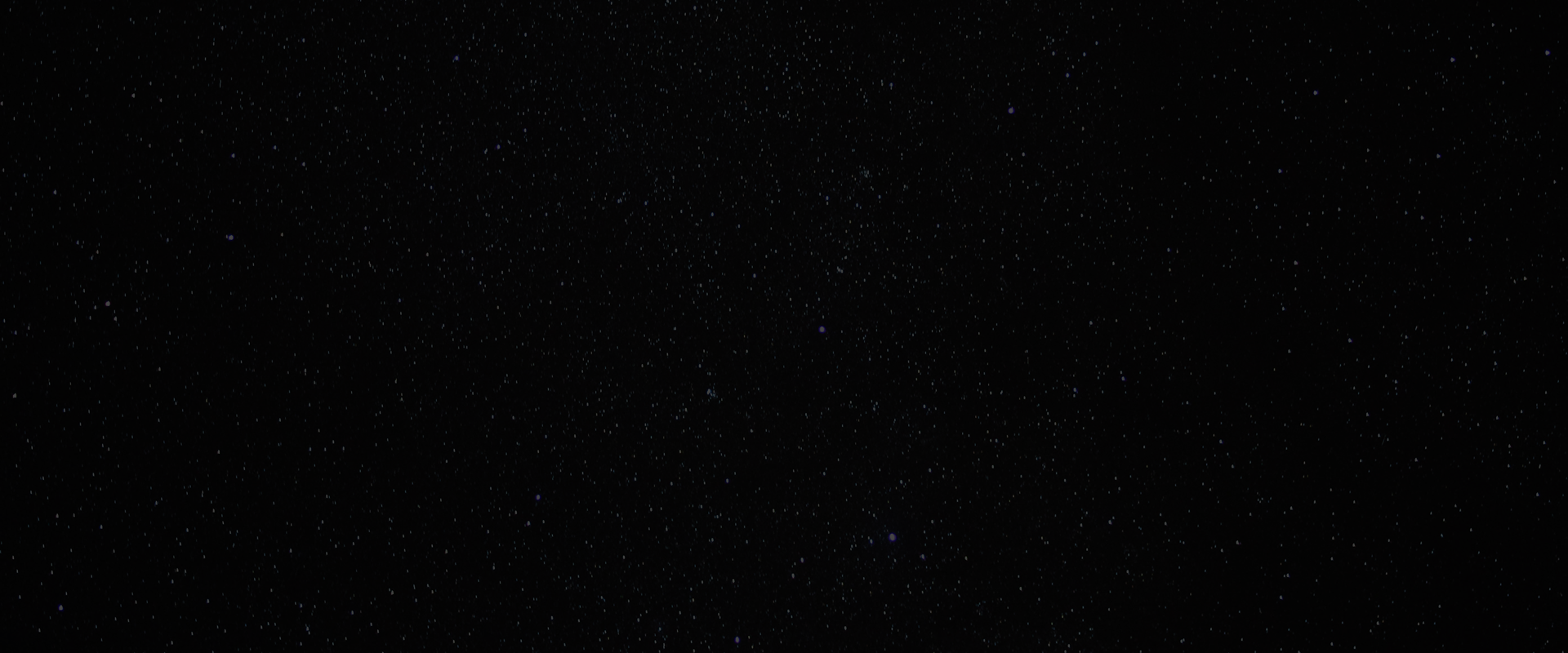Life Science in Space
Muscle Atrophy
Muscle atrophy is the loss of muscle mass caused by conditions such as injury and aging that limit mobility and muscle use. Diseases that impact the nervous and musculoskeletal system (e.g. Amyotrophic Lateral Sclerosis (ALS) and Duchenne Muscular Dystrophy (DMD)) can also cause significant muscle weakness and wasting that progressively leads to an inability to walk. These conditions and diseases render the skeletal muscles incapable of synthesizing new muscle, and instead cause tissue loss that progressively impairs muscle form and function. On top of the protein loss, muscle’s regenerative capacity through stem-cell activation can be diminished, hampering the muscle’s potential for muscle growth and repair following injury. Furthermore, mitochondria (critical for a cell’s energy production) can be dysfunctional, thereby generating oxidative stress and further exacerbating tissue damage.
In moderate to severe cases, atrophy can lead to debilitating disability and is associated with greater morbidity and mortality. Treatments are limited to physical exercise, electrical stimulation, and nutritional support. A handful of drugs are used in treatment, such as anabolic steroids and corticosteroids, which can slow or control muscle decline but present with serious side effects with prolonged use. Thus, there is a need to develop novel interventions and drugs that aim to improve muscle physiology for improving the quality and duration of life.
Bed rest studies in humans have aided in the development of some countermeasures for muscle atrophy that include exercise and nutritional supplementation. Mouse models of muscle atrophy include prolonged hindlimb suspension or immobilization to mimic disuse atrophy as well as genetic models of disease. While each model presents with advantages and disadvantages, on Earth muscles work against gravity – which influences muscle physiology by promoting healthy muscle and growth, thereby confounding results of interventions aimed at improving muscle function.
Microgravity reduces physical demands on the body and tissues, thus providing a model of muscle atrophy that is similar to muscle loss experienced on Earth, but with a number of advantages. First, the lack of gravity eliminates confounding effects of weight bearing forces on muscle homeostasis, which may provide cleaner results when testing interventions. Second, spaceflight accelerates the rate of muscle atrophy, allowing for study designs with shorter timeframes. Within just two weeks, astronauts experience a loss of up to 20% muscle mass which compromises strength and performance, despite efforts to combat muscle loss through daily, prolonged (2.5 ½ hours) high-intensity exercise. In rodent models, signs of muscle loss begin as soon as a few days of arrival in space. Following 21 days of microgravity exposure, soleus muscle weight decreased by almost 40% and frequency of muscle fibers with smaller areas were increased. Hindlimb suspension in mice serves as a terrestrial surrogate model for microgravity, producing muscle loss and reduction in fiber diameters. However, it is evident through differences in transcriptomic profiles that the two models trigger different mechanisms and genes, indicating that spaceflight is indeed a unique model. Third, given skeletal muscle’s plasticity, muscle mass and strength can be regained with training upon return to Earth. Spaceflight, therefore, offers a powerful paradigm to study significant muscle atrophy as well as muscle regeneration that could lead to development of pharmacologic treatments to counteract muscle wasting in space and on Earth.
Researchers have taken advantage of the muscle atrophy model in space to test genetic mouse models (myostatin mutants), drugs (Formoterol and myostatin antibodies), and even a novel nanofluidic delivery system, all aimed at identifying interventions that can prevent muscle wasting in microgravity. Myostatin mutants, also known as “mighty mice”, grow approximately twice the muscle mass of normal mice. Researchers have found that myostatin mutants are resistant to microgravity-induced muscle atrophy compared to WT counterparts. In another study, researchers administered antibodies against Myostatin in mice to disrupt its activity. They found that this treatment prevented various measures of space-induced muscle changes including increased muscle mass and maintenance of grip strength. Another promising drug targeting myostatin is an Activin type IIB receptor decoy that sequester both myostatin and a related ligand called activin A. Treatment with this drug increased lean body mass and whole-body bone mineral density in mice that spent over a month in microgravity. In addition to the receptor decoy’s ability to prevent atrophy, it was also able to reverse the effects of microgravity on bone and muscle in the mice following their return to Earth and treatment with the drug. This receptor decoy drug demonstrates great promise in the treatment of both muscle and bone atrophy in astronauts and people on Earth. A number of pharmaceutical companies are in various stages of clinical trials for drugs targeting Myostatin and its downstream effectors as therapies for muscle wasting disorders.
The b2-adrenergic receptor agonist Formoterol, delivered continuously at low doses in space, increased muscle mass in space-flown mice compared to untreated controls. The boost in muscle mass using significantly lower drug doses will improve the Formoterol’s side-effect profile and expand its use for chronic conditions. The successful testing of a nanofluidics system to deliver Formoterol offers a novel alternative for continuous drug delivery to target various conditions in space and on Earth.
Axiom Space provides state of the art equipment, including a rodent habitat and space vivarium, to enable cutting-edge pharmaceutical discoveries and shorten the timeline from the bench to the bedside.

